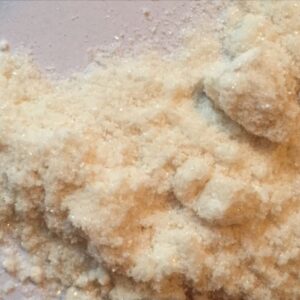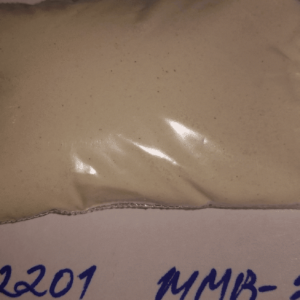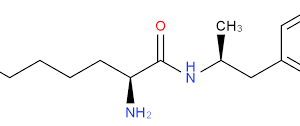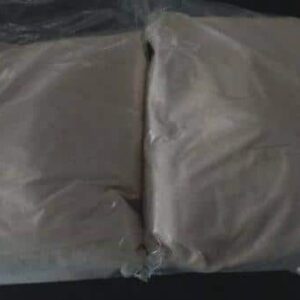CANNABINOIDS
Cannabinoids are naturally occurring compounds found in the Cannabis sativa plant.
Of over 480 different compounds present in the plant, only around 66 are termed cannabinoids.
The most well known among these compounds is the delta-9-tetrahydrocannabinol (Δ9-THC), which is the main psychoactive ingredient in cannabis.
Cannabidiol (CBD) is another important component, which makes up about 40% of the plant resin extract.
This word refers to every chemical substance, regardless of structure or origin, that joins the cannabinoid receptors of the body.
The three types of cannabinoids that people use are recreational, medicinal and synthetic.
Research has found that the cannabis plant produces between 80 and 100 cannabinoids and about 300 non-cannabinoid chemicals.1 The two main are delta-9-tetrahydrocannabinol (THC) and cannabidiol (CBD).
The most commonly known of the two is delta-9-tetrahydrocannabinol (THC), which is the chemical that is responsible for the psychoactive effects of cannabis.2
The main difference between the two is that THC has strong psychoactive effects, meaning it makes a person ‘high’, whereas CBD is thought to have an anti-psychoactive effect that controls or moderates the ‘high’ caused by the THC. CBD is also thought to reduce some of the other negative effects that people can experience from THC, such as anxiety.3
Commonly used cannabinoids
Showing all 9 results









